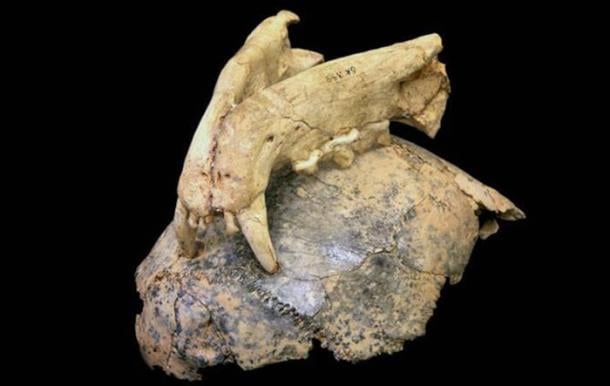🔴 Website 👉 https://u-s-news.com/
Telegram 👉 https://t.me/usnewscom_channel
Revolutionary artificial intelligence analysis of ancient fossils has overturned long-standing assumptions about when humans first rose from prey to predator. Groundbreaking research led by Rice University anthropologist Manuel Domínguez-Rodrigo demonstrates that Homo habilis, previously thought to be among the first human hunters, were still being systematically hunted by leopards around 2 million years ago. The study conclusions challenge decades of scientific understanding about humanity’s earliest evolutionary steps toward dominance.
Game-Changing Technology Rewrites Prehistoric Narrative
The breakthrough, whose findings have just been published in the Annals of the New York Academy of Sciences, emerged through the pioneering application of artificial intelligence to fossil analysis, marking the first time computer vision has been trained to identify specific predator bite marks on ancient bones. Domínguez-Rodrigo, working in partnership with the Archaeological and Paleontological Museum of Madrid through the Institute of Evolution in Africa, developed deep learning models capable of distinguishing tooth mark patterns left by different carnivores with unprecedented precision.
